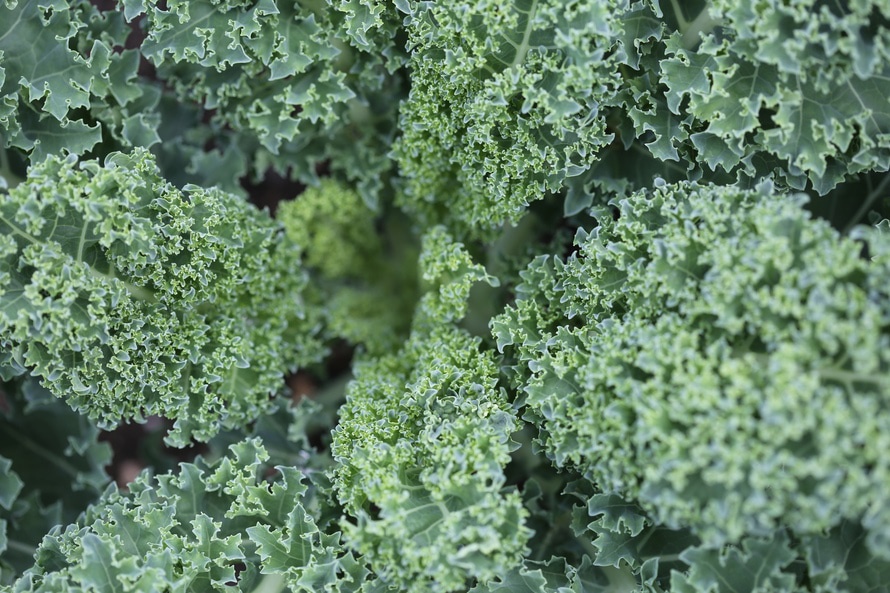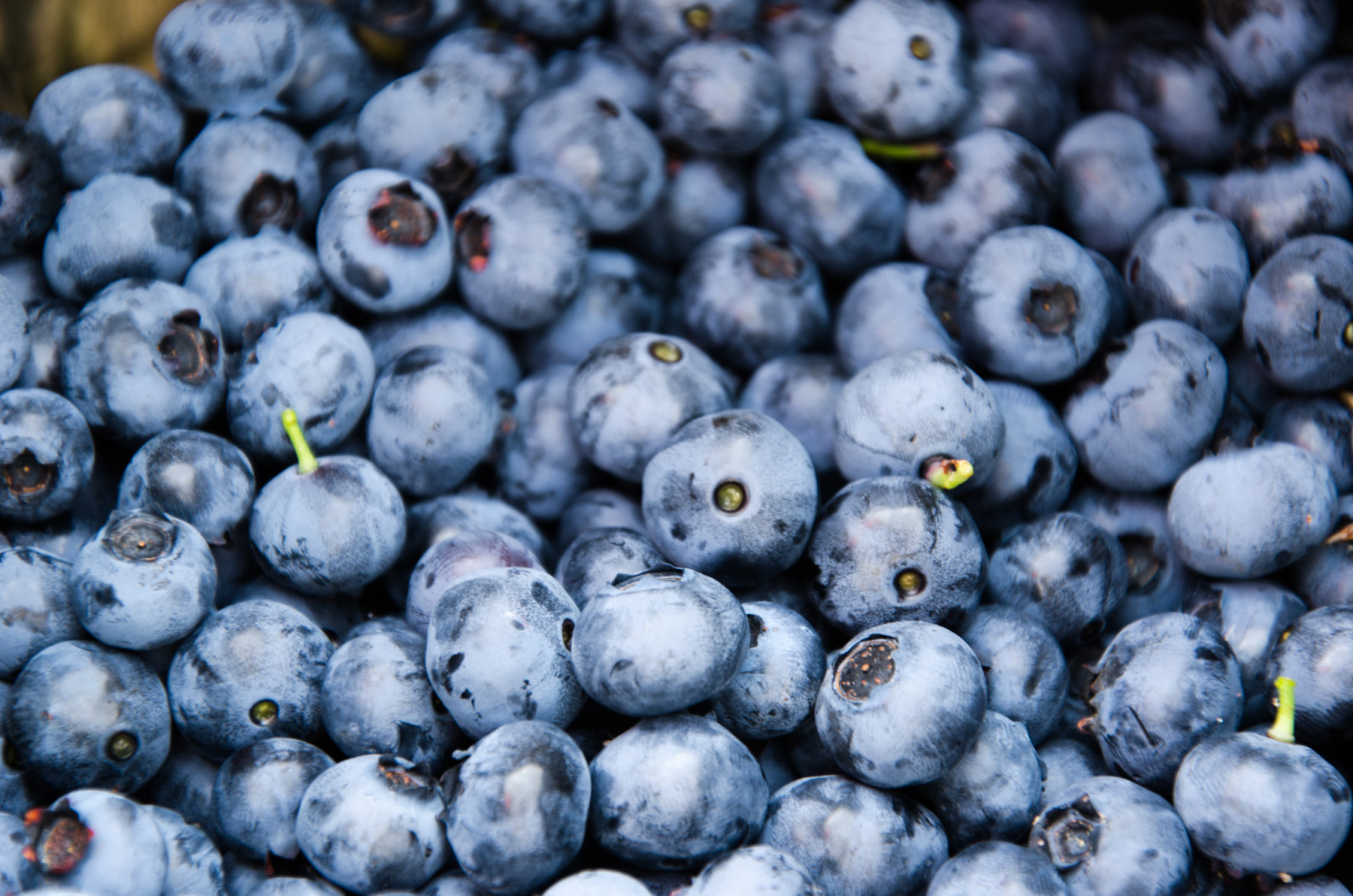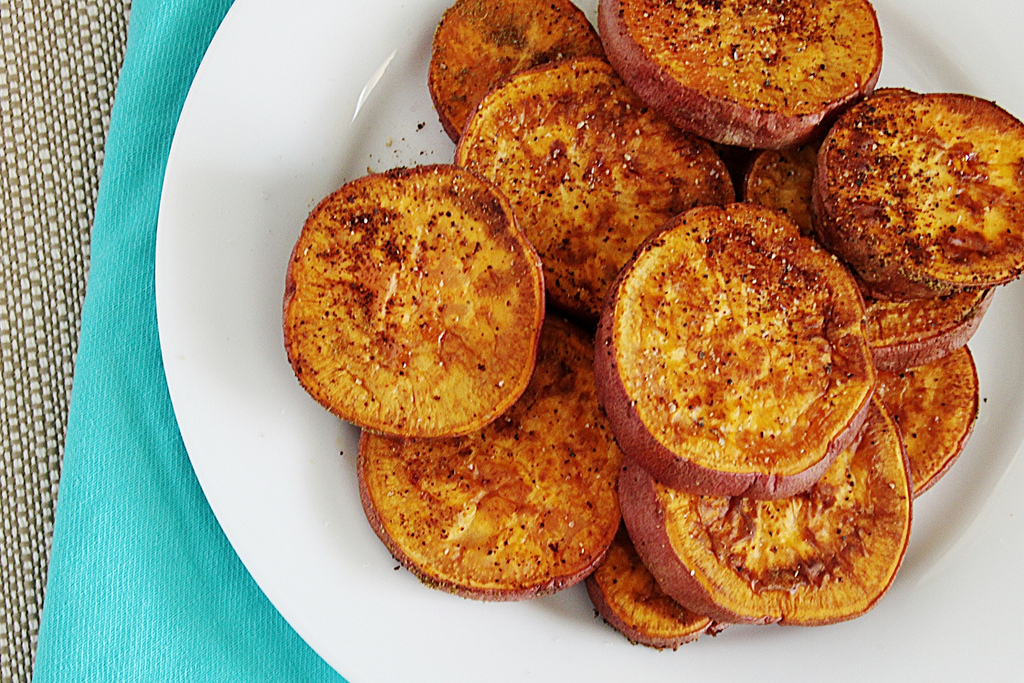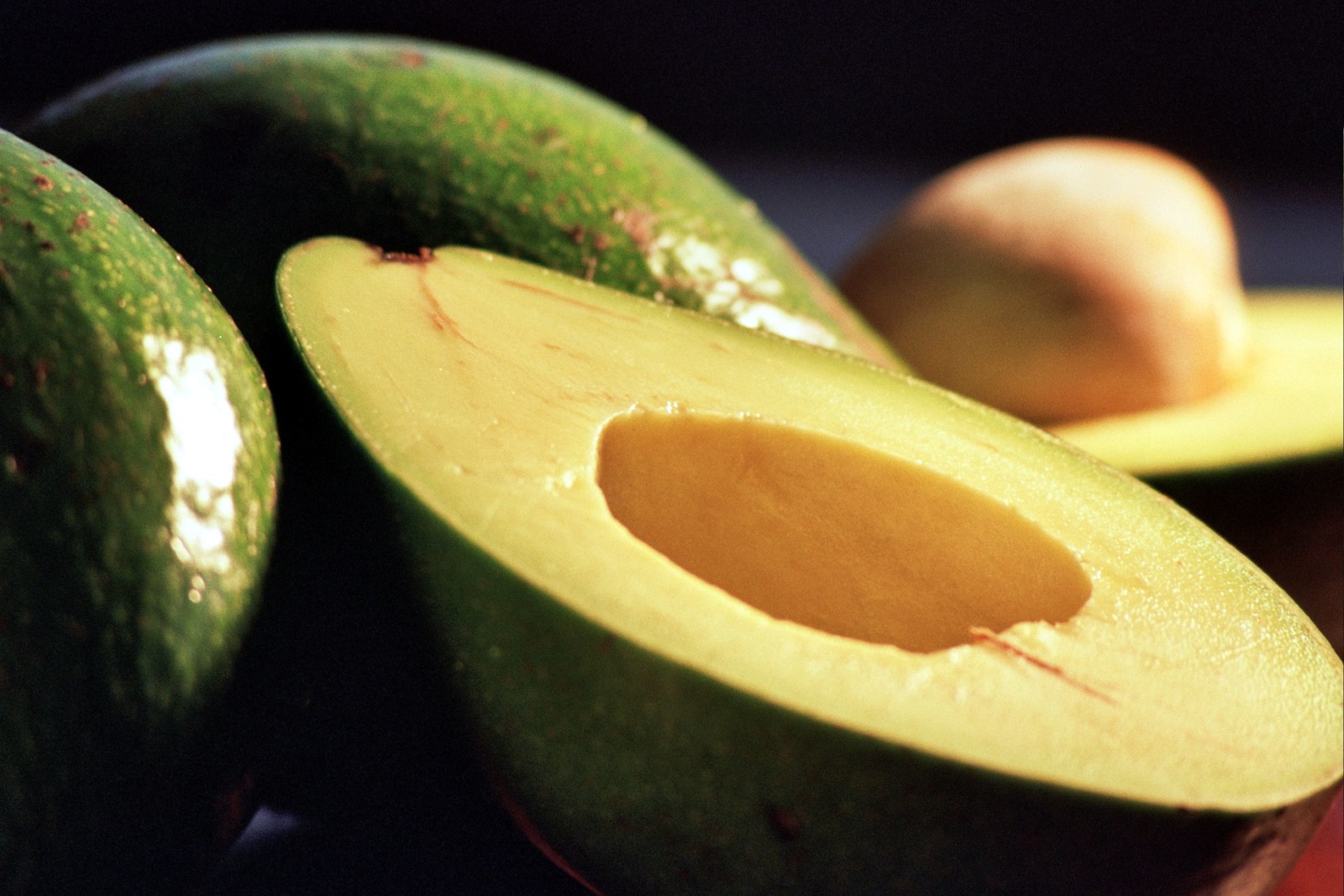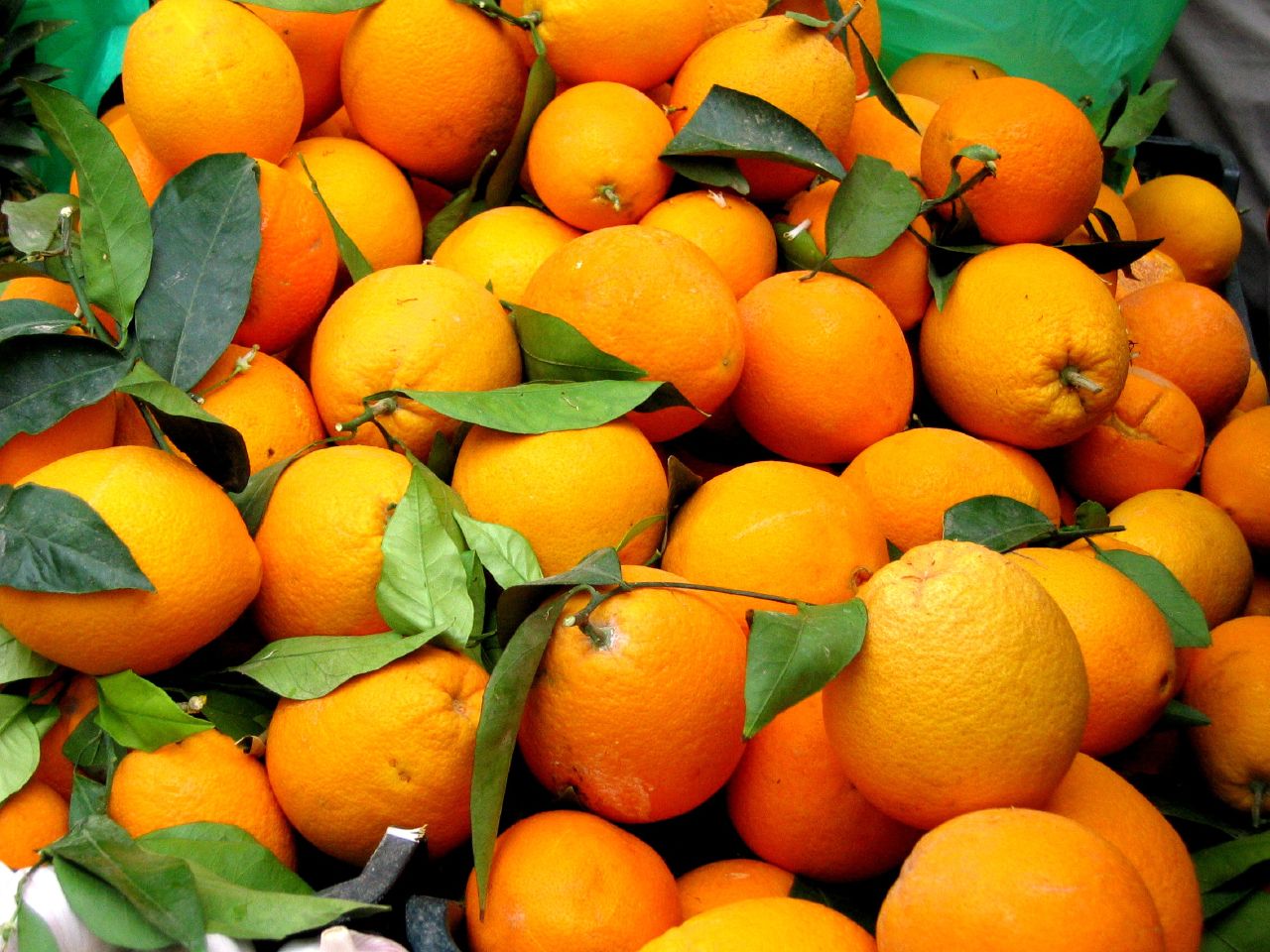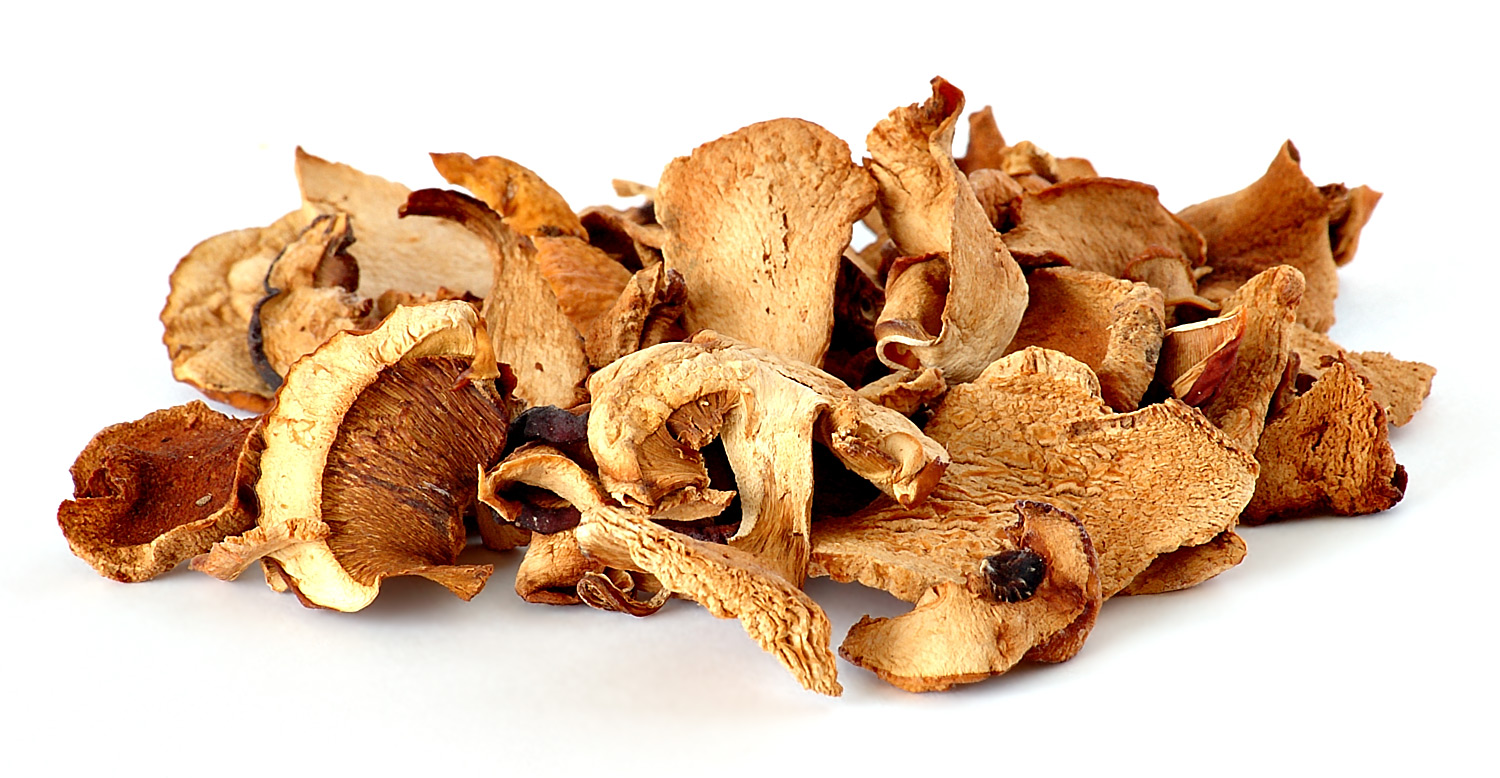The “superfoods” trend has been floating around for several years now. Superfood has been used to describe a few dozen different foods deemed as being nutrient dense, exceptionally tasty and really, really good for you.
Unlike the packaging that vies to grab your attention in stores with neon-yellow indicators screaming “gluten-free,” low-fat,” or “high fiber,” superfoods tend to be all-natural and come without an ingredients label.
While there is no specific or legal definition of a “superfood,” and, therefore, no packaging label that goes with it, the Merriam-Webster Dictionary does a good job of summing it up nicely:
A super nutrient-dense food, loaded with vitamins, minerals, fiber, antioxidants, and/or phytonutrients
We would take that a step further and agree with our friends over at the European Food Information Council that say a superfood also has some sort of a health benefit above other foods.
While the list of nutritional powerhouses is a long one, we’ve whittled it down to 11 of our favorites here at FitnessHQ along with delicious and simple ways to add them into your diet to reap their benefits.
11 Superfoods and How to Eat Them
Kale
Kale exploded onto the food scene a few years ago as a nutritional unicorn. It’s loaded with antioxidants like vitamin C, beta-carotene, kaempferol, and quercetin as well as essential vitamins like A, C, and K, fiber, calcium and dozens of other minerals.
It’s been touted as being able to do everything from keep you young to preventing cancer, and with an extremely low-calorie count, it’s the perfect addition to any well-rounded nutrition plan.
There are tons of ways to eat kale, from making it into chips to adding to a smoothie. Our favorite recipe to date is our hearty kale and quinoa soup. It’s fast, easy, completely Paleo and the blend of ingredients cuts out the bitter taste of the kale, leaving you with nothing but hearty goodness. For more ideas on how to incorporate kale into your diet, check out our piece — Kale – 4 Ways to Get it in Your Diet.
Blueberries
When people say the word “superfood,” blueberries are usually the numero uno that comes to mind, and for good reason. Like all of the foods on the list, they pack a one-two punch of antioxidants and vitamins, most notably potassium and vitamin C. This makes them anti-inflammatory, and their compounds have been shown to do everything from reducing brain inflammation to ward off Alzheimer’s, to lower your risk of developing cancer and heart disease.
Possibly the best part about blueberries is that it doesn’t matter if you eat them fresh or frozen, the benefits are the same. That’s why we absolutely love this easy and tasty anti-aging mixed berry smoothie courtesy of Driscoll’s.
Expert tip, if blueberries aren’t in season by them frozen and just skip the ice cubes!
Sweet Potatoes
Fact: Sweet potatoes are hella crazy good for you. Yes, they are of the carb family, and no, they’re not evil. In fact, this delicious powerhouse is loaded with a whole host of nutrients including your entire dose of Vitamin A (as beta-carotene), vitamin C, manganese, vitamin B6, copper and pantothenic acid.
They also have significant amounts of potassium, vitamin B1, B2, dietary fiber and more. For their entire detailed nutrient profile, check out this article from The World’s Healthiest Foods.
All those vitamins, minerals and anti-oxidants add up to some pretty amazing health benefits. Sweet potatoes have the power to protect and enhance our vision, boost our immune systems, reduce stress, ward off cancer, have anti-aging properties and can even help improve our blood sugar profiles because of the balance between starch and fiber in the root vegetable.
With all these amazing health benefits, we highly recommend adding a sweet potato to your tasty starch to your nutrition plan daily. We salivate over our twice baked sweet potato skins recipe. Because what can be better than a delicious healthy veggie? Putting bacon on that veggie. Yes, please!
Spinach
Spinach doesn’t just help Popeye get abnormally large (and potentially Rhabdo-ed out) biceps, it also contains dozens of good-for-you ingredients with health benefits galore including building healthy bones and muscles!
The green leafy veggie boasts lots of flavonoids, vitamins and fiber. For its full nutritional profile check out this site, which shows the exact amounts of vitamins A, C ,E, K, B6 and minerals like iron, magnesium, calcium, thiamin, potassium, manganese, copper and more. All of this adds up to an extremely powerful vegetable that has everything from anti-aging and anti-cancer benefits to the ability to help you build strong bones and maintain and improve brain function.
There are so many tasty ways to eat spinach. It’s at its most nutritionally dense when served raw or slightly cooked (add lemon juice to preserve even more nutrients). We love this recipe for an easy Paleo pizza bake that also includes tomatoes and mushrooms, two other nutrient dense veggies that make this dish tasty and full of all the good stuff.
Avocados
Back in the fat-free days of the nineties, avocados got a bit of a bad rap.
The creamy, delicious fruit is known for its high-fat content, but science has proven that it’s made up of deliciousness that comes from monounsaturated fat, which just so happens to be the good kind.
As a superfood, it’s also chock full of vitamins and minerals like vitamins C, K, B6 and E, as well as folate, magnesium, potassium, riboflavin, and niacin, so it has many of the similar anti-oxidant and health benefits we see in the other foods on this list.
As an added bonus, the healthy fat and omega-3s help to keep you full and assist with nutrient absorption to give you the most bang for your buck when combined with other superfoods on this list.
Avocados are super versatile, so there are loads of ways to work it into your diet. For a fun twist, we love using it as a delicious, creamy sauce over zoodles for a Paleo-friendly “pasta” dish. Check out this recipe for zucchini noodle shrimp scampi with avocado sauce for a meal rich in lean protein and healthy fat.
Asparagus
We might be sounding like a broken record by this point in our list, but when it comes to a plethora of nutrients, that’s a good thing! Asparagus has a profile that’s crammed full of them. It boasts huge amounts of vitamin K (nearly 50 percent of the recommended daily value!), as well as vitamins A, C and E. It’s fiber dense, loaded with folate, and has enough chromium to assist the body with moving glucose from the bloodstream and into cells, which helps to regulate our blood sugar. It has the added benefit of being a natural diuretic, so it’s a great addition to your diet if you’re feeling bloated or have had a salty meal.
Asparagus isn’t a vegetable that everyone enjoys — it has a strong flavor and is also known for making your urine smell like a sewer — but if you like the taste, there are a bunch of fun ways to prepare it. To keep the nutrients dense, cook it using a fast-cooking method without water (think grill, stir-fry or roast, not boil).
We love this simple recipe for roasted garlic asparagus for the perfect side dish. The best part? Roasting the veggie will eliminate a bit of the bitter flavor, making it an even tastier way to eat your veggies and get those nutrients!
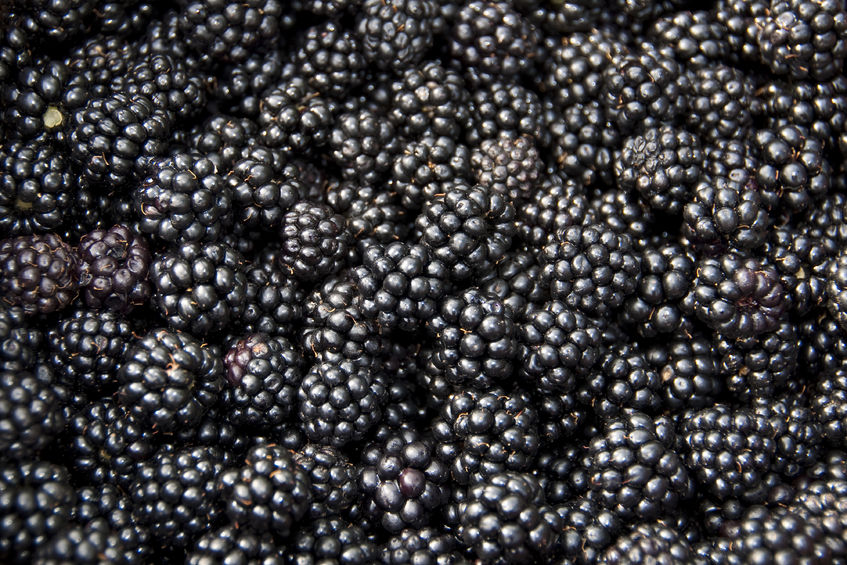
Blackberries
When it comes to berries, the blackberry reins king. Not only is it delicious, but a 2006 study in The American Journal of Clinical Nutrition finds that the blackberry has the absolute highest antioxidant count of any food tested.
At this point we all probably realize, antioxidants are good — very good. So these babies are off the charts with potential health benefits.
Blackberries are delicious to simply eat raw, but if you want a more creative recipe we love this one for kale salad with berries, quinoa and lemongrass coconut dressing. It’s the perfect mix of sweet and crunchy with a tasty zing. Add a bit of healthy protein and you have an extremely well-rounded meal!
Oranges
Oranges not only make us think of summer and mimosas, but they are also on our list of superfoods. They contain over 100% of your daily needs for Vitamin C in just one fruit and are also dense in vitamins B-1 and A, calcium and folate. Consuming oranges can help keep you, and your metabolism healthy.
Oranges are best when eaten as a fruit, rather than juiced so that you get the additional benefit of the fiber found in the fruit pulp. It’s also worth noting that oranges can be an allergy trigger in some folks, so if you find that you have a reaction to the fruit, seek out your nutrient needs from another superfood on this list.
Like blackberries, oranges are delicious simply on their own, but their bright sweet flavor can also add a tasty punch to a side dish or main course. We love this quinoa salad with oranges, beets and pomegranate with a slow roasted pork tenderloin. It’s a perfect cold weather meal, and you can swap out the pomegranate for cherries for a summer feast!
Shitake Mushrooms
When it comes to mushrooms, pretty much every holistic healer on the planet claims they have some pretty magical properties. And no, we’re not talking about that kind of mushroom. While shitake are thought to be one of the best, with their exceptionally high levels of protein, niacin, potassium, calcium, phosphorus, magnesium and vitamins D and B (more than what you would find in a glass of milk), all mushrooms have a dense nutrient profile.
Eggs
There are dozens of ways to get high-quality protein in our diets, but eggs are one of the absolute best. At only 72 calories, they contain 6 grams of protein and a whole host of vitamins and minerals including vitamins D, B6, B12 and minerals like selenium, zinc, iron and copper.
Beets
It’s no secret that beets are awesome. The root vegetable comes in a few different colors and varieties, and they’re all high in fiber, vitamin C, folate and rich in blood pressuring reducing nitric oxide.
Their somewhat sweet, earthy flavor and bright color make them a perfect complement to any hearty dish, and I’m all about the beet and sweet potato breakfast hash my fellow FHQ writer Kaitlin posted a few weeks back. It’s hearty, full of flavor, and the fiber keeps me really satisfied.
We know there are dozens more superfoods that didn’t make our list this round. What did we miss that’s one of your favorites? Do you have any recipes you’re dying to share?

